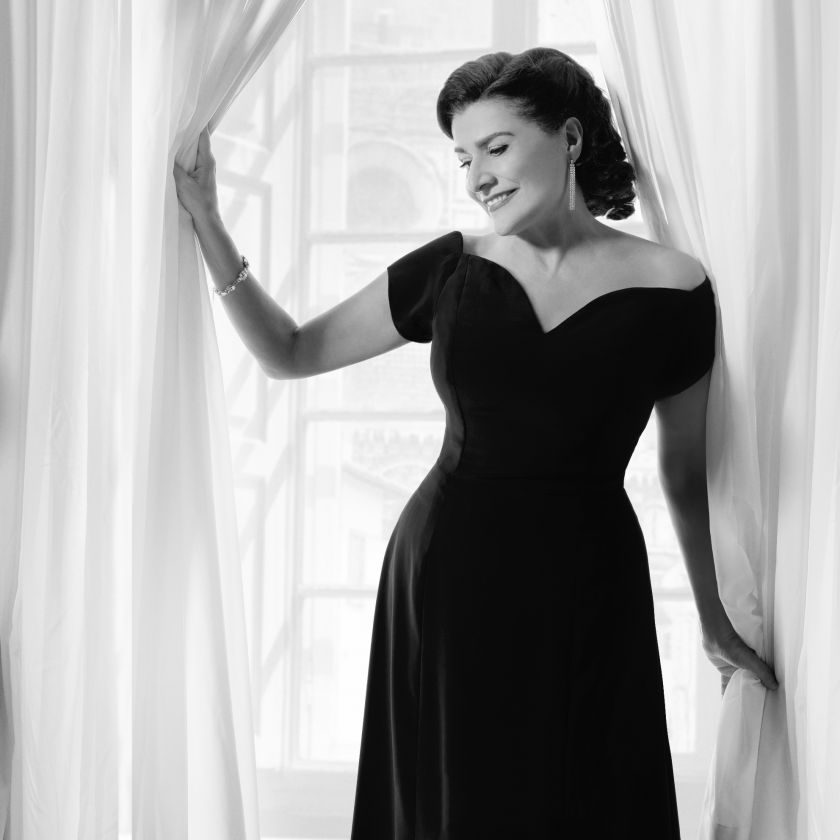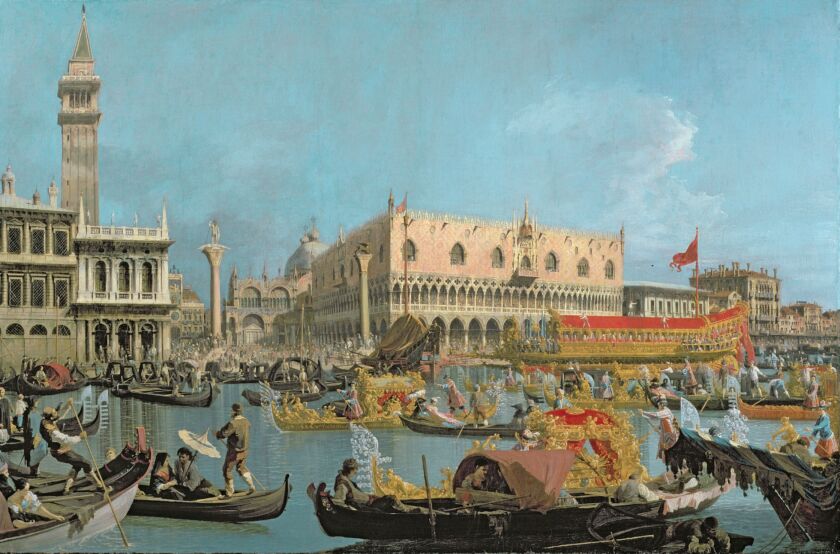Salzburg Festival Whitsun 2025
Sounds of La Serenissima

Dear Friends!
After previous sojourns in Rome and Seville, we continue our musical travels during the 2025 Salzburg Whitsun Festival and journey this time to the lagoon city of Venice, where enchanting sounds await us. This place is the closest realization of a ‘utopia’ as described by Thomas More in his 1516 book of the same name. It was utopian for human labour to raise a city of stone, graced with the world’s most beautiful artworks, from changeable waters that could never be truly tamed. When Venice rose to become a world power, it was despite — or possibly even because of — a social order that was uniquely utopian for past centuries. And today it seems utopian to hope that the city’s historic structures and proud spirit might be preserved in the face of mass tourism, climate change and the various political challenges confronting European society.
With its unique blend of breathtaking splendour and chronic decay, over the course of its tumultuous history Venice became a place of convergence for people from a wide range of cultures — among them an incredible array of foreign statesmen, thinkers, philosophers, writers, painters, musicians and scientists — for whom the city’s morbid character was like a Baroque memento mori.
Though it may seem intuitive to reach for the words of an Italian writer or composer when describing such a city caught between dream and reality as a centre for music, it is fitting to quote Friedrich Nietzsche, in the introductory text to his famous poem Venedig (1888), since he expresses it better than anyone else: ‘When I seek another word for music, I always find only the word Venice.’

During the 2025 Salzburg Whitsun Festival, you will hear a selection of music spanning five centuries, featuring works that were either written in Venice, created for Venice or inspired by the city. Our benchmark from the 17th century is Monteverdi’s Vespro della Beata Vergine, a work made up of numerous and highly contrasting parts. The performance in Salzburg will, like every performance before it, recreate the work anew in the present day, as the players and singers must make critical decisions about the instrumental forces and interpretation. Our concert is conducted by Gianluca Capuano with Les Musiciens du Prince — Monaco on historical instruments and the vocal ensemble Il Canto di Orfeo, therefore promising a unique experience in every respect. When paired with Bruno Mantovani’s new work based on Rilke’s 1918 poem Venezianischer Morgen (Venetian Morning), to be premiered less than three months before the Whitsun Festival, this bridge across the centuries can be perceived very clearly; or, to put it in Rilke’s own words: ‘reflections drawn from the canal in rows — / reminding her of shimmering days like those’.
The music of Antonio Vivaldi, as repurposed in an operatic pasticcio to be created by Barrie Kosky, takes us back to the 18th century. Before copyright was established as a legal concept, before sheet music became widely accessible, and long before recording devices were invented, the reuse of music by different composers in new contexts was not seen as an illicit act of plagiarism, but as a compliment. This was the only way to preserve it, as every piece of music would otherwise disappear from the repertory after only a few performances and not be readily heard again. In taking up this tradition, our project serves as a great homage to Vivaldi the opera composer.
Throughout his life, Giuseppe Verdi received more and more commissions from Venice, though the rehearsals were fraught with difficulties and the performances were often far from successful. One such fiasco was the world premiere of La traviata at the Teatro La Fenice in March 1853. As it remains nevertheless a choice example of the 19th-century music created in or for Venice, I have programmed this opera as a concert performance with a cast of fantastic soloists.
This year, I am especially looking forward to a chambermusic matinee conceived by Markus Hinterhäuser, who also performs, which will feature Wagner’s Wesendonck Lieder as well as …..sofferte onde serene… by Luigi Nono, with the latter providing a reminder that Nono’s native city of Venice also inspired some of the greatest musicians of the 20th century.
John Neumeier was synonymous with the Hamburg Ballet for 50 years: an artistic symbiosis so close that the company even bare his name. During this time, Neumeier’s dancers performed six times in Venice; at the Teatro La Fenice, of course, but also in the Piazza San Marco. I am touched and honoured that John Neumeier is reviving the ballet Death in Venice for us, as part of an extensive retrospective marking the end of his artistic directorship. This will put the crowning touch on our wonderful artistic partnership. In this adaptation of Thomas Mann’s novella, which gained worldwide fame through Visconti’s film, Neumeier draws on music by Bach and Wagner to build the bridges between eras and art forms that are so characteristic of his work. In the case of Venice, this strikes me as exactly the right approach to the myth of this city.
I don’t know how widely known it is that the first Rossini opera produced by a theatre, La cambiale di matrimonio, was unveiled in Venice, where the world premiere took place on 3 November 1810 at the Teatro San Moisè. And there is another Venetian connection: Semiramide, Rossini’s last opera to be premiered in Italy, was first performed at the Teatro La Fenice on 3 February 1823. On Whit Monday, we will dedicate the second eclectic pasticcio of this Whitsun Festival to Rossini and a selection of the most beautiful numbers from his ‘Venetian’ operas, such as La scala di seta, L’italiana in Algeri and Tancredi.
I look forward very much to seeing you again at the 2025 Salzburg Whitsun Festival!
